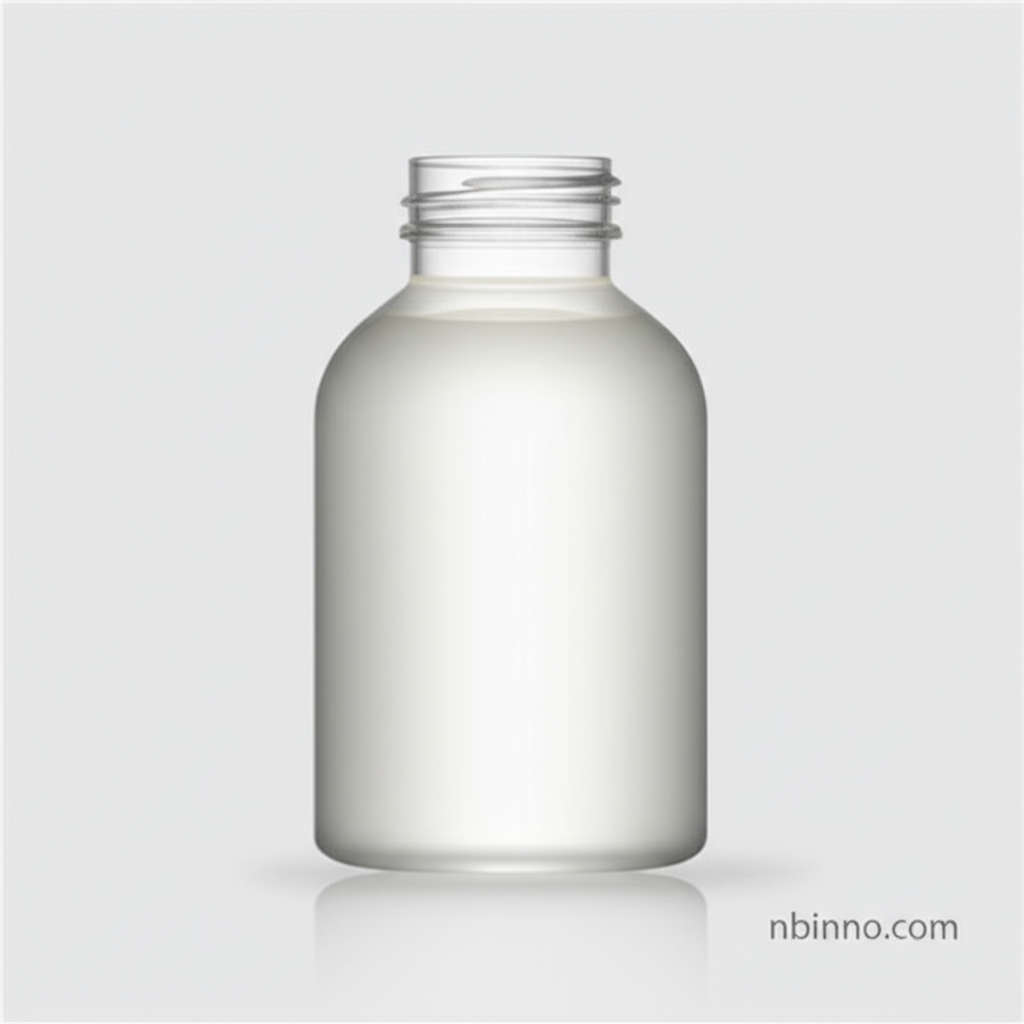Dibenzylamine (CAS 103-49-1): A Versatile Chemical Intermediate for Rubber, Dyes, and Pharmaceuticals
Explore the diverse applications of Dibenzylamine (CAS 103-49-1), a critical chemical intermediate essential for rubber vulcanization, advanced dye synthesis, and the production of vital pharmaceutical agents. Discover its role as a corrosion inhibitor and electroplating brightener.
Get a Quote & SampleProduct Core Value

Dibenzylamine
Dibenzylamine is a highly valuable chemical intermediate, widely recognized for its critical roles across multiple industries. As a trusted supplier in China, we provide high-quality dibenzylamine that functions effectively as a rubber accelerator, significantly reducing nitrosamine production during the vulcanization process. Its utility extends to the synthesis of various dyes and serves as a key building block in the pharmaceutical industry. We are committed to delivering this essential chemical to meet your diverse manufacturing needs.
- Dibenzylamine chemical intermediate capabilities are crucial for modern manufacturing processes, enabling the creation of specialized products.
- Explore how using dibenzylamine rubber accelerator can enhance your rubber compounding processes and improve product safety by minimizing nitrosamine formation.
- Discover the applications of dibenzylamine dye synthesis, where it contributes to vibrant and stable coloration in textiles and other materials.
- Learn about the importance of dibenzylamine pharmaceutical agent production, facilitating the development of life-saving medicines.
Key Advantages Offered
Enhanced Rubber Vulcanization
Utilizing dibenzylamine as a rubber accelerator leads to more efficient vulcanization processes and a reduction in harmful nitrosamine byproducts, improving both product quality and environmental safety.
Versatile Chemical Synthesis
The role of dibenzylamine as a chemical intermediate allows for its integration into complex synthesis pathways for dyes, pharmaceuticals, and polymers, showcasing its broad applicability.
Improved Industrial Performance
Dibenzylamine's application as a corrosion inhibitor and electroplating brightener enhances the longevity and aesthetic appeal of various metal components, contributing to superior industrial performance.
Key Applications
Rubber Industry
Dibenzylamine is vital for manufacturing, serving as a high-performance rubber accelerator that optimizes the vulcanization process and reduces nitrosamine output.
Dye Manufacturing
The compound is extensively used in dibenzylamine dye synthesis, contributing to the creation of a wide spectrum of colors for various industrial applications.
Pharmaceutical Sector
As a crucial building block, dibenzylamine is integral to the production of numerous pharmaceutical agents, supporting advancements in healthcare.
Corrosion Inhibition
Its properties as a corrosion inhibitor make it valuable for protecting metal surfaces in demanding industrial environments, ensuring extended product life.
